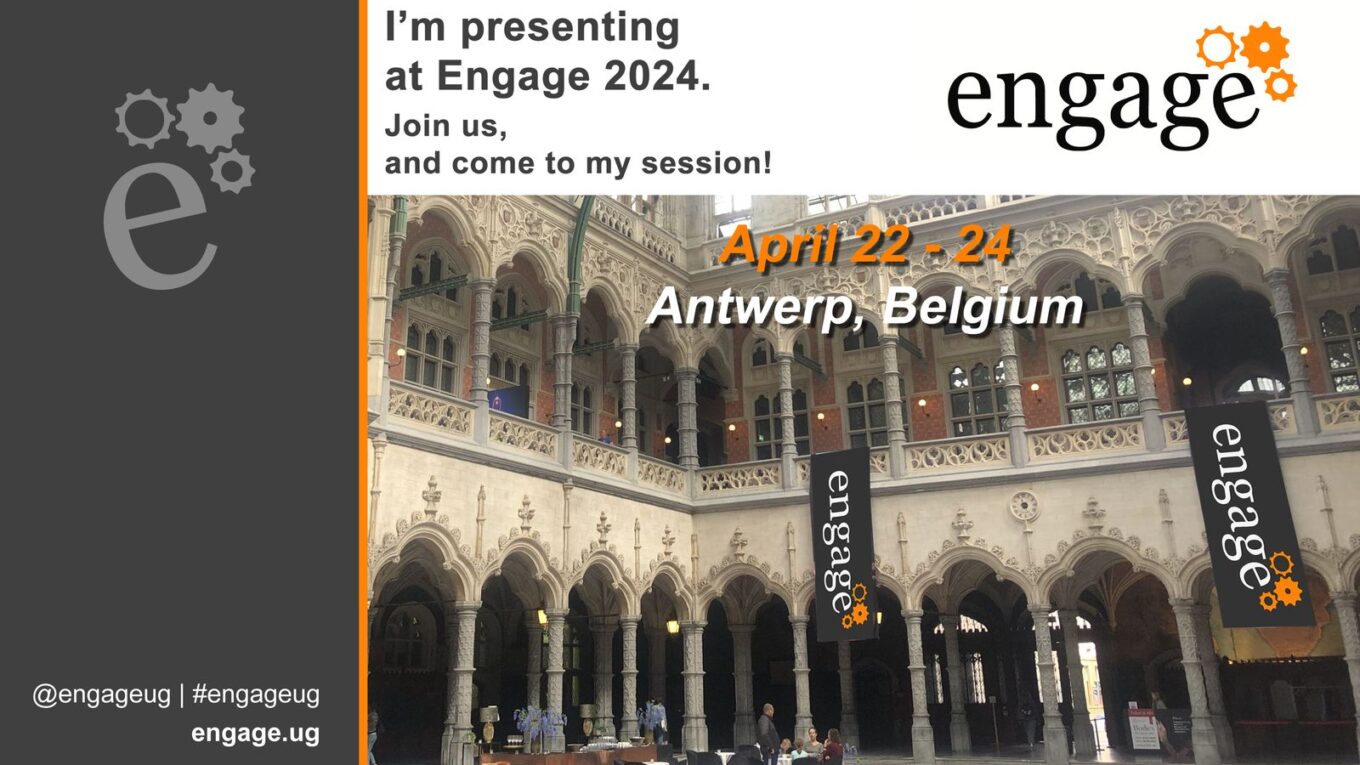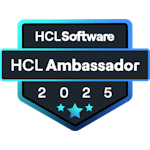Domino Containers – The Next Step
With the Engage conference less than two weeks away, I’m working hard on my presentation. My topic will be “Domino Containers – The Next Step”. It’s a sequel to the presentation that I gave at Engage 2022 (and that same year at CollabSphere and OpenNTF) about the Domino container community project. Two years ago, I showed that Domino containers were ready to be used in production. On HCL’s FlexNet you had been able to download Domino docker images for quite a while already, but HCL never formally announced that those were for production use as well. During my session, I showed that the community images had quite a few benefits over HCL’s image and that Domino containers, based on these images, were a sensible replacement for your native Domino installations.
So this time, we go a step further. Daniel Nashed has been working hard on the build-scripts for the community image and it has become easier than ever to build your own Domino image. I will show this live during my session. It’s going to be a risky demo, as I’ll start from scratch with just a minimal Linux OS (Rocky Linux 9 in this case) installed and nothing else. I’ll show that with just a few commands, you can build a new Domino image within 9 minutes including downloading all the software, including all kinds of add-ons and including a automated test, to make sure the image can create a 100% working container. To do this, I need a Linux VM that has plenty of bandwidth and a fast disk. I have this at home, but not at Engage, so during my session, I’ll use a VM on my home server. Fingers crossed that my home server won’t crash just before my session (it’s very stable, but well… Murphy’s law) and that the Internet connection at Engage is not necessarily fast, but is stable enough to maintain my ssh over VPN session.
Like I’ve done the past 2 years around my Engage sessions, I will publish some blog articles to support to content of my presentation. The presentation will show the broad picture and what’s possible, while my blog articles describe the details on how to get it done. For creating the Domino image, that can be a very short article, but I’ll also show how to add custom packages to your Domino image. It’s one of the great new features in the Domino container community project that requires more explanation. It’s a new way to add files to your image like custom jvm.properties, custom libraries, but it can also be a delivery mechanism for business partners for their commercial add-ons. It has the potential to be a start for a Domino add-on app store! During my presentation, I’ll show how it works, but the details will come in a blog article (which might not be able to finish before Engage).
My session is on Wednesday morning 08:00 in a timeslot of 45 minutes. I’m not too crazy about that, but I hope enough people will get up early to join. The last two years, my ratings as a speaker at Engage were among the very highest and I’ll do my best to continue that trend :-). Hope to see you there!


